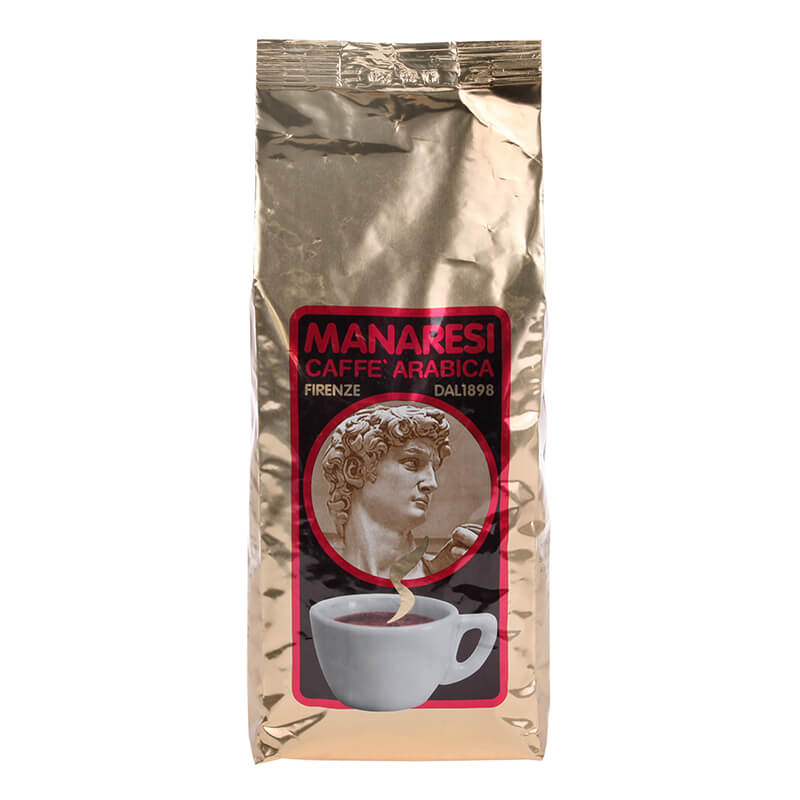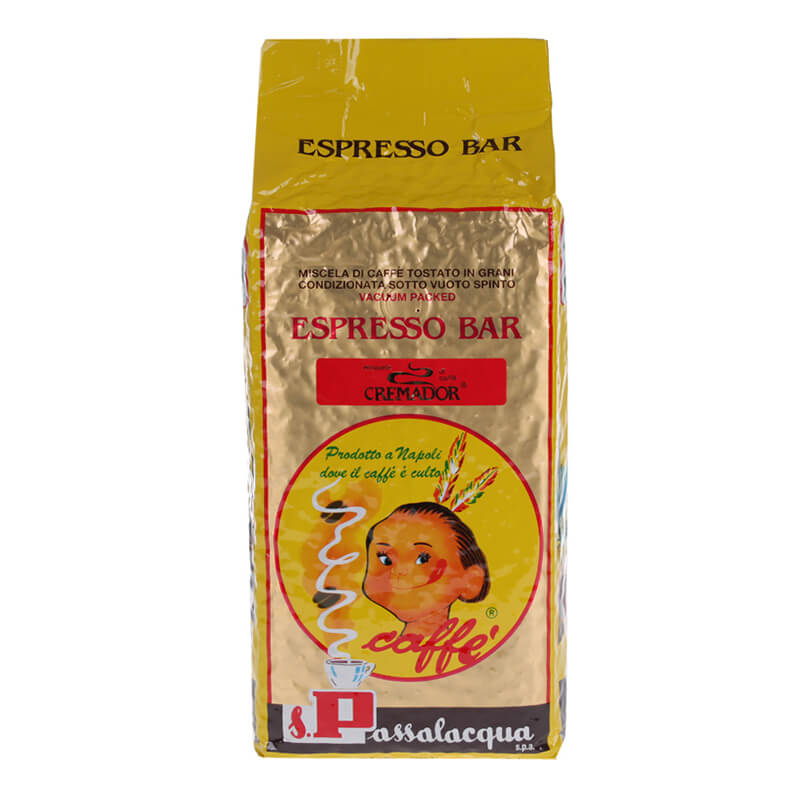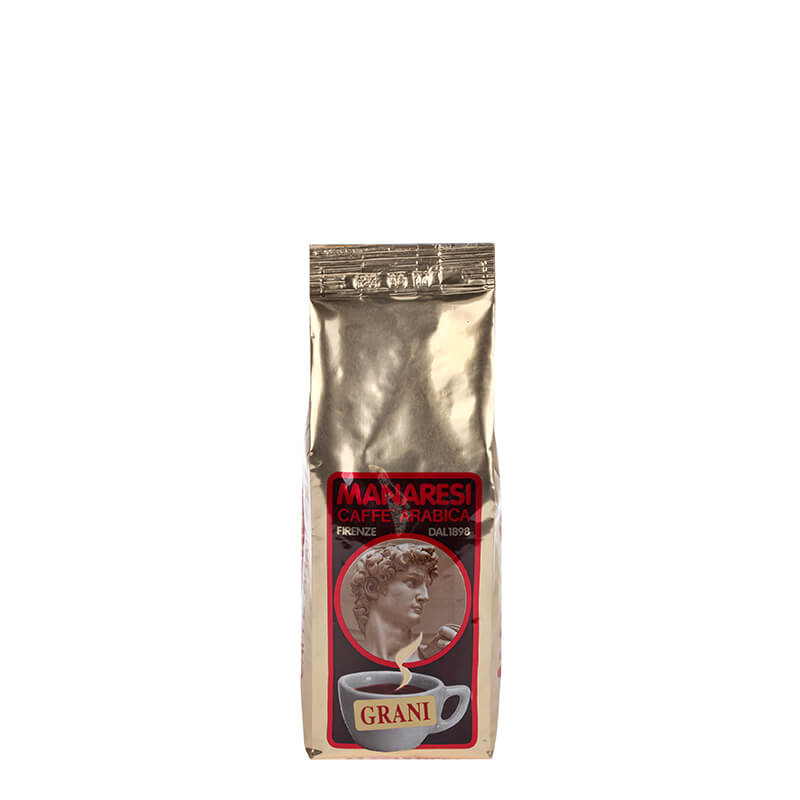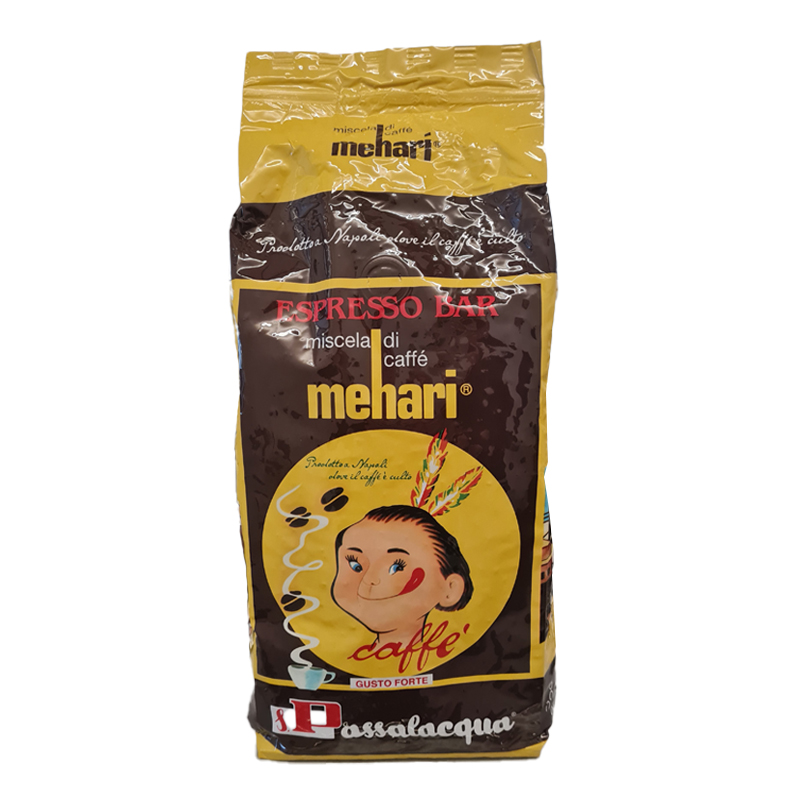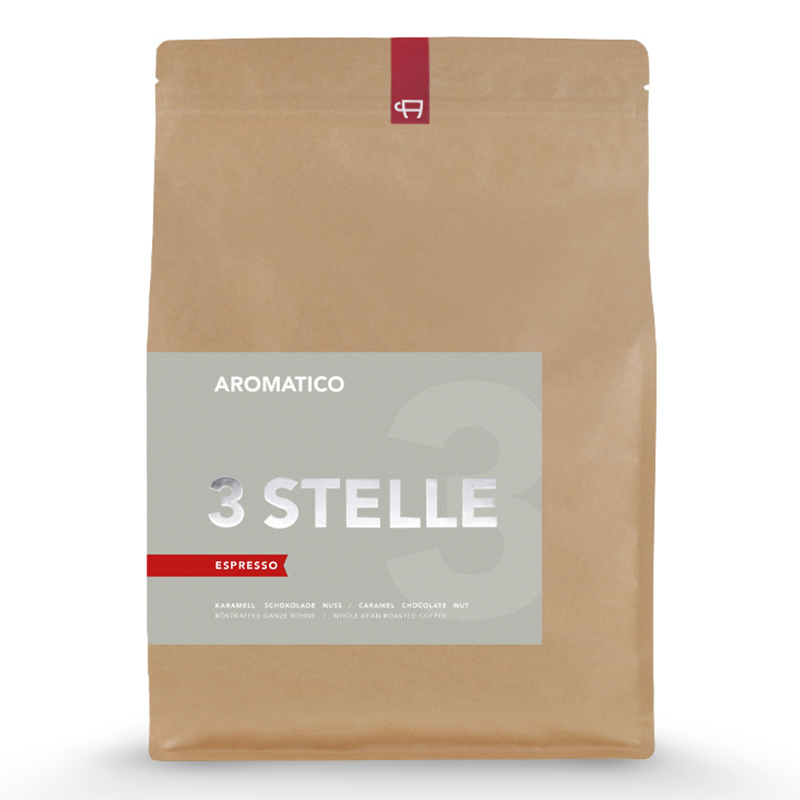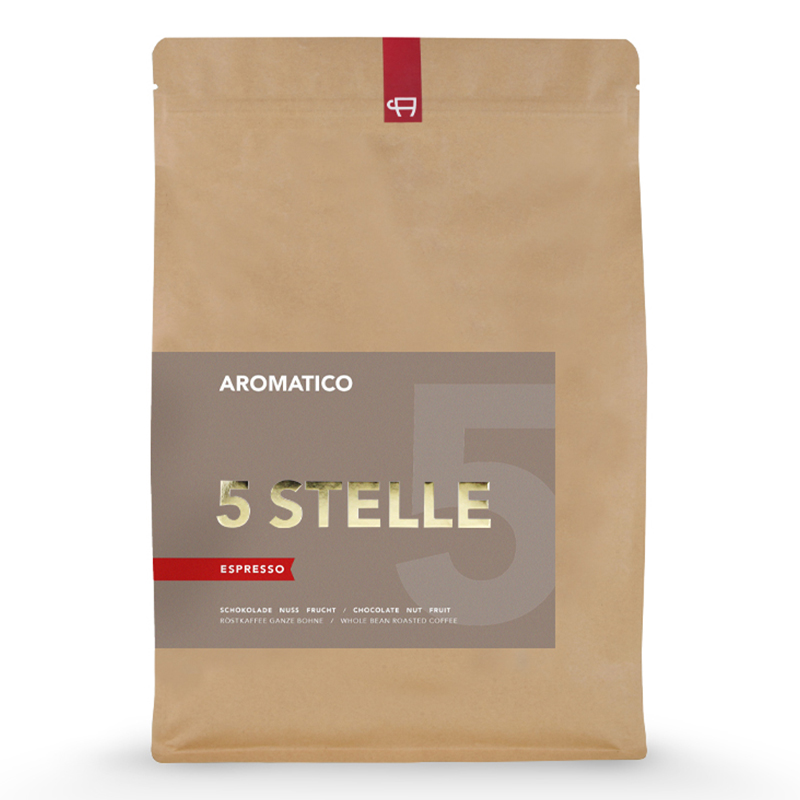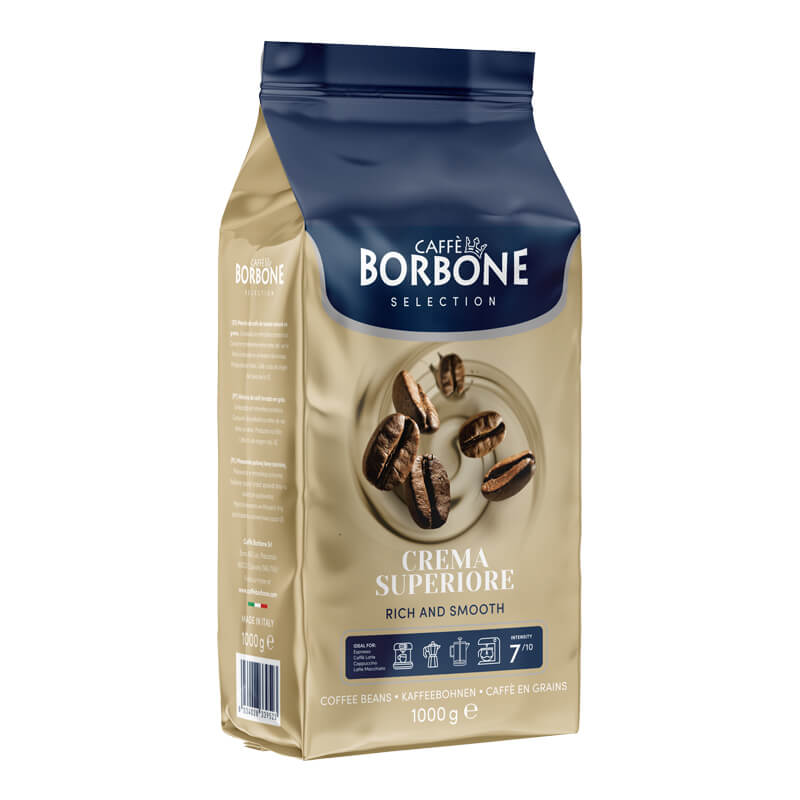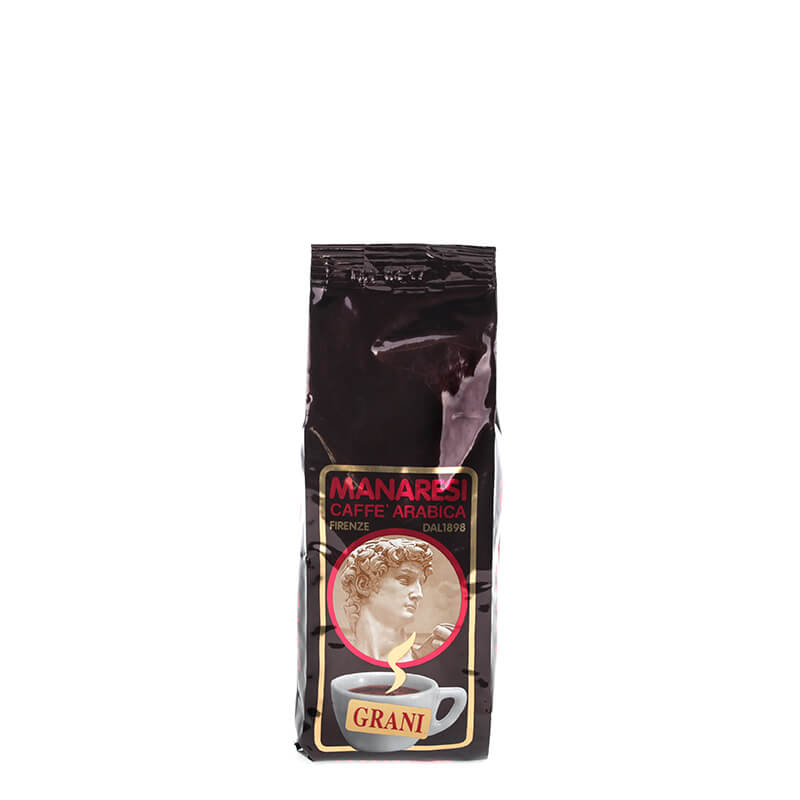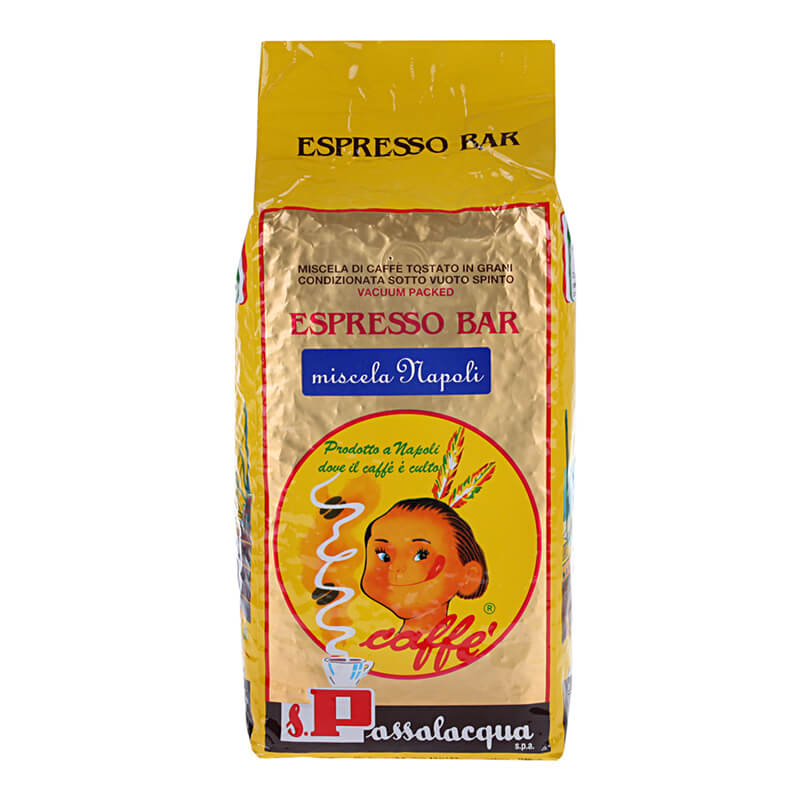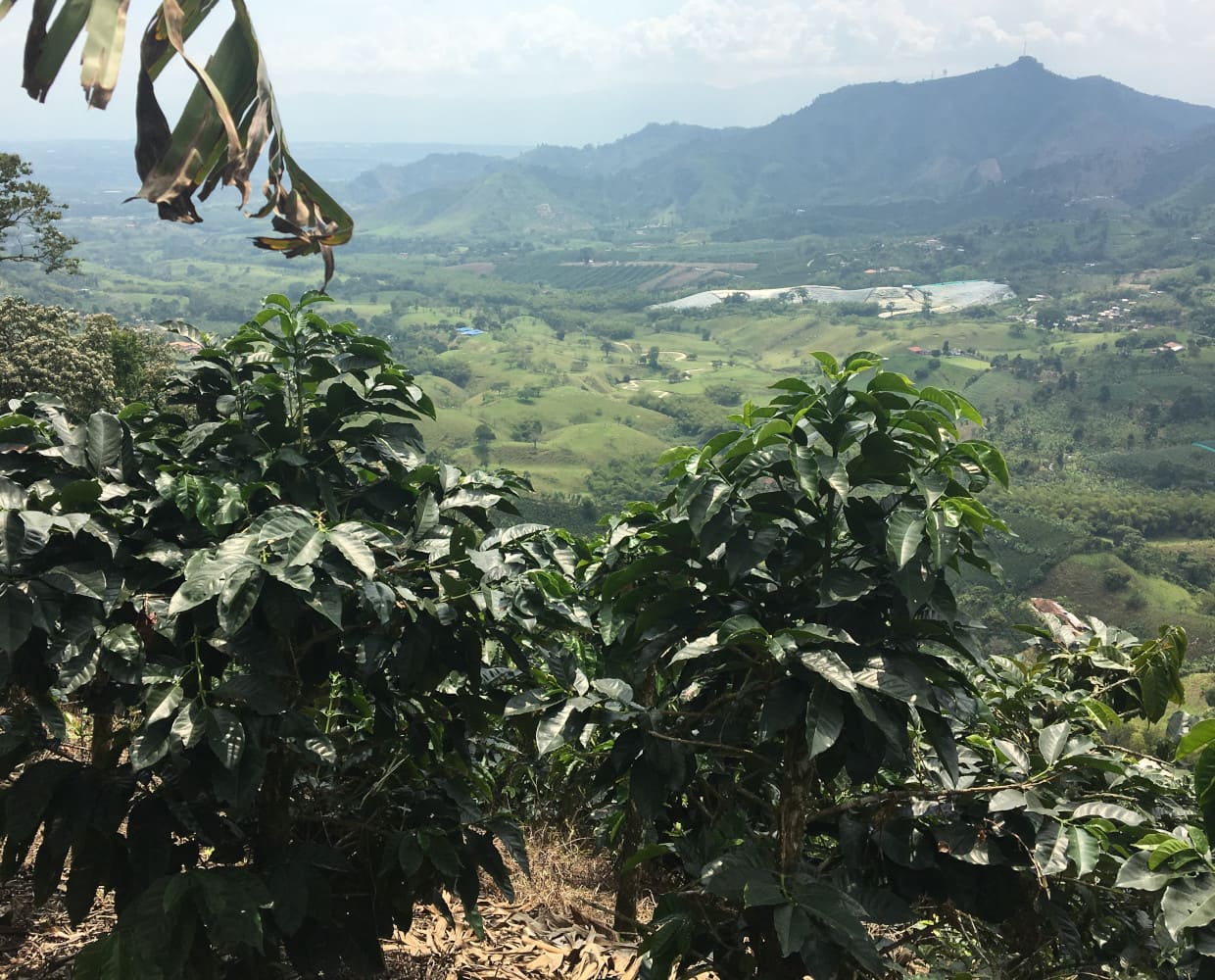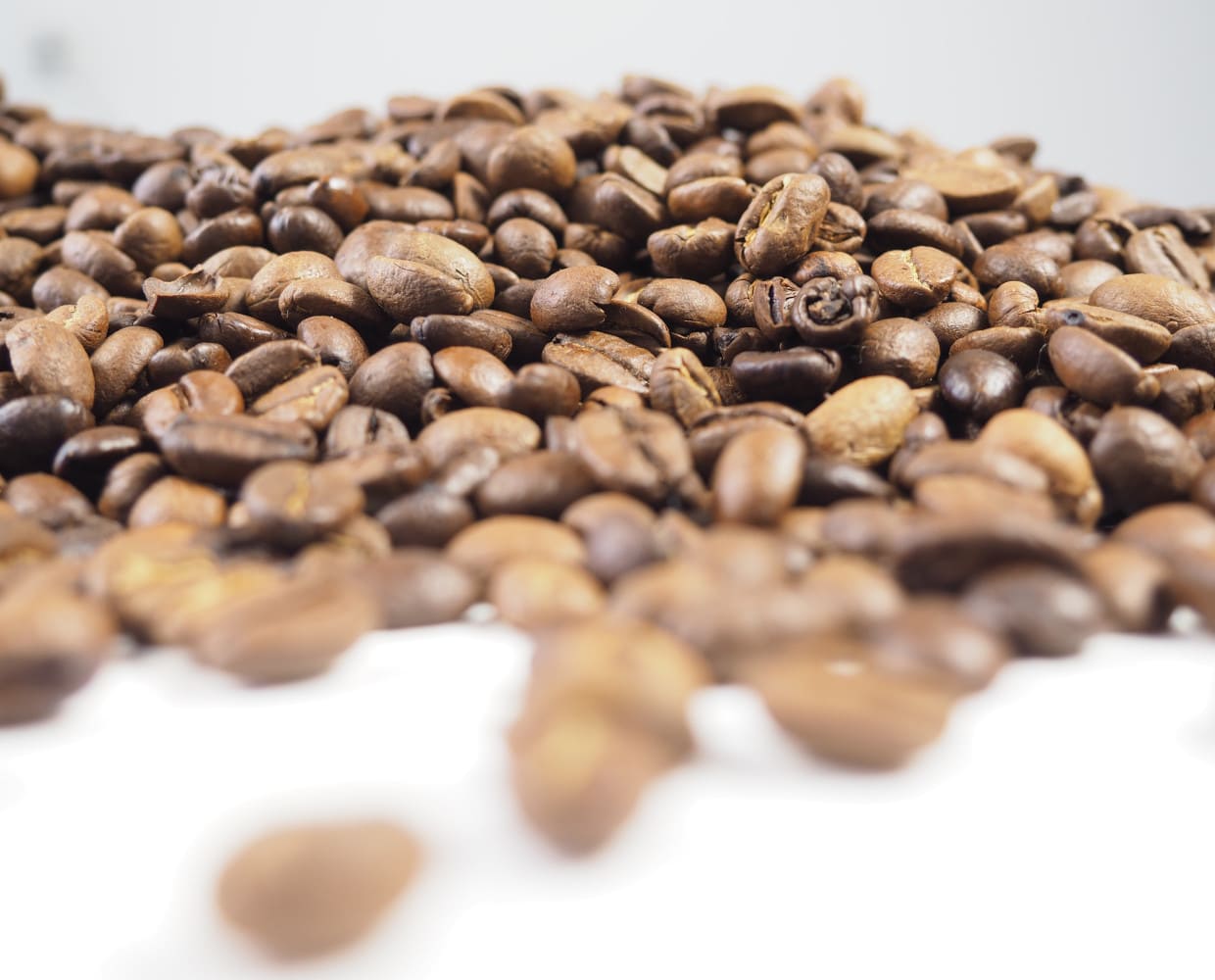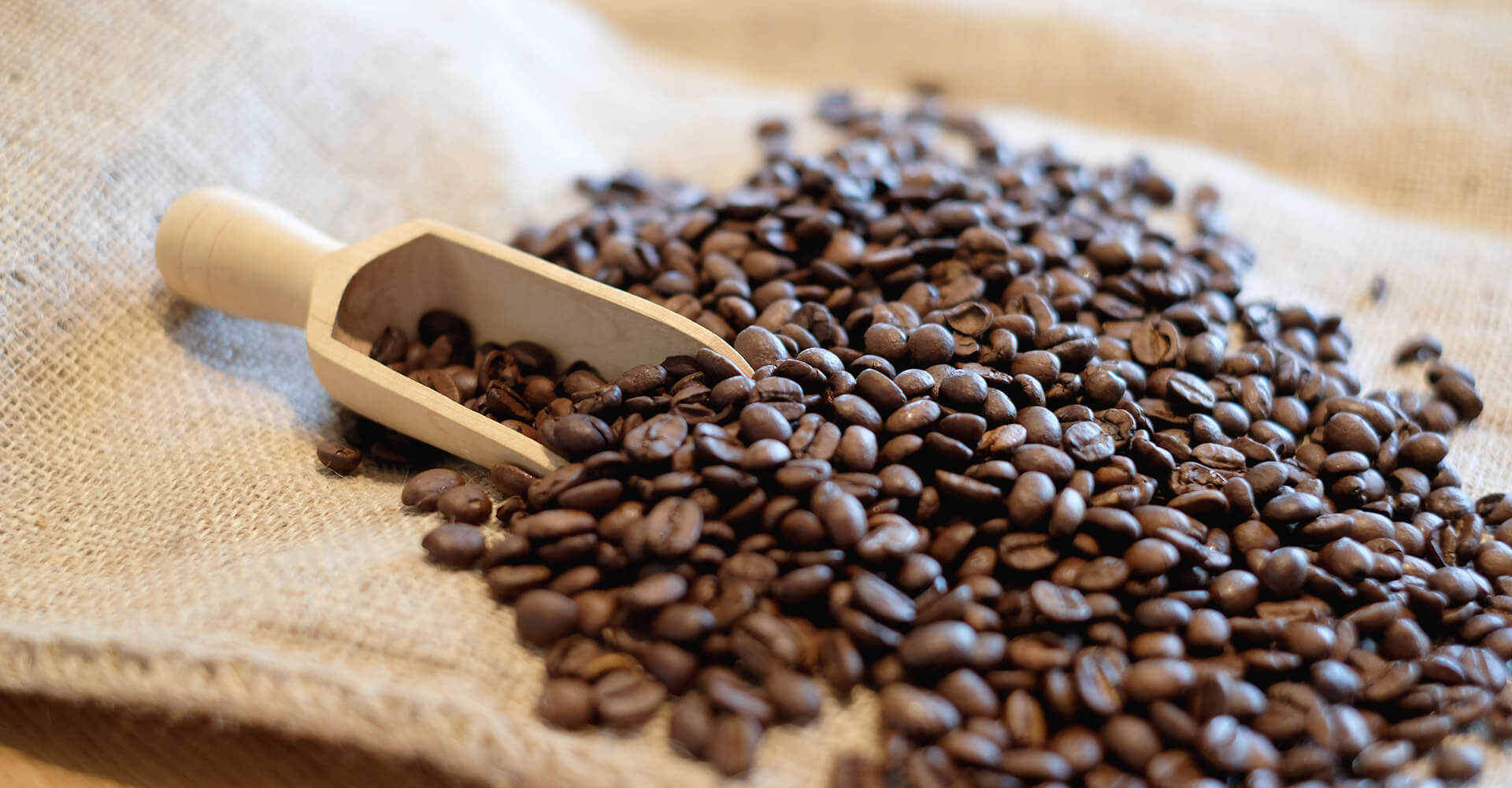

KAFFEERÖSTUNG
KAFFEERÖSTUNG
Die Röstung ist die Veredelung der Kaffeebohnen. Grüner Rohkaffee wird in der Rösterei trocken erhitzt. Dadurch bekommt er seine charakteristische Farbe und entwickelt seine typischen Röstaromen. Das Zusammenspiel von Energiezufuhr, Rösttemperatur und Dauer des Röstprozesses ist verantwortlich für die Entfaltung von Geschmack und Aroma. Zusätzlich hat jede Kaffeebohne aufgrund ihrer Provenienz, ihrer Qualität, ihres Anbaugebiets und ihrer Aufbereitungsmethode der Kaffeekirsche eine unterschiedliche Zusammensetzung der Kaffeeinhaltsstoffe. Die Auswahl und Mischung der Kaffeebohnen hat einen großen Einfluss auf den Geschmack eines Kaffees in der Tasse. Daher entwickelt der erfahrene Röstmeister für jede Kaffeemischung ein optimales Röstverfahren aus Temperatur und Zeit.


WAS WÄHREND DES RÖSTVORGANGS GESCHIEHT
Rohkaffee wird zur Heißluftröstung in einen vorgeheizten Röstkessel gegeben. Zunächst sinkt die Kesseltemperatur, da der Kaffee zuerst trocknet und dann Temperatur aufnimmt. Es folgt die Phase der Bräunung. Ab einer Kerntemperatur in der Bohne von ca. 100 °C finden chemische Veränderungen und die Aromabildung statt. Für das Röstergebnis ist es wichtig, wie steil die Temperatur im Kaffee ansteigt und welche Endtemperatur erreicht wird. Der Röstmeister kontrolliert den Röstgrad durch Regulierung der Energiezufuhr am Röstkessel. Am Ende der Röstung hat der Kessel eine Temperatur von ca. 200 °C bis 220 °C und der Kaffee von ca. 180 °C.
Während der Röstung erfährt die Kaffeebohne zahlreiche physikalische und chemische Veränderungen. Physikalische Veränderungen sind leicht zu beobachten: die Kaffeebohnen wechseln Farbe, Volumen, Form und Gewicht. Chemische Veränderungen kann man schmecken und riechen.
DER „FIRST CRACK“ UND „SECOND CRACK“
Kaffeebohnen bestehen zu einem Achtel aus Wasser, das während den einzelnen Röststufen verdampft. Zusätzlich entwickeln sich Röstgase. Wasserdampf und Gase können zu Beginn der Röstung aufgrund der harten Zellwände nicht entweichen, sammeln sich und verdoppeln so zunächst das Volumen der Bohne. Es kommt zum „First Crack“. Die Bohne platzt unter hörbarem Knacken auf. Hellere Röstungen haben ihren Endpunkt erreicht. Der „Second Crack“ markiert den Zeitpunkt, an dem zusätzlich Wasserdampf und Gase (wie Kohlendioxid) entweichen. Nach Ablauf der Röstzeit entsteht eine dunkle, typisch italienische Röstung.


GESCHMACKLICHE UNTERSCHIEDE
Charakteristisch für die helle Röstung sind ein ausgeprägtes Säureprofil und viele fruchtige Noten in der Tasse. Dunkle Kaffeeröstungen haben einen vollen Körper, mehr Bitterstoffe und schokoladige Aromen.


FAZIT
Die Kaffeeröstung sorgt dafür, dass die Kaffeebohnen die charakteristischen Eigenschaften erhält, die wir von einer Kaffeebohne kennen – eine dunkelbraune satte Farbe und ihren gerösteten Geruch. Dabei ist die Röstung der Kaffeebohnen, neben der Auswahl des Rohkaffees, das wichtigste Kriterium für den Geschmack des Kaffees. Denn bei der Kaffeeröstung wird die Temperatur und Zeit perfekt abgestimmt mit der Wahl des Rohkaffees, um einen perfekten Kaffeegeschmack zu erzeugen. Unterschieden wird hierbei grundlegend in eine helle, mittlere und dunkle Röstung.
JETZT NOCH MEHR KAFFEEWISSEN ENTDECKEN
Entdecken Sie mit uns das große Universum der kleinen Kaffeebohne. Mit spannenden Themen rundum das Thema Kaffee und Espresso stellen wir Ihnen interessante und wissenswerte Themen aus der Welt des Kaffees vor. Tauchen Sie mit uns ein und werden Sie selber zum absoluten Kaffee-Nerd.
KAFFEEGÜRTEL
Wo genau kommen unsere Kaffeebohnen her? Erfahren Sie alle Details über die Anbauregionen von Kaffee entlang des Kaffeegürtels.
KAFFEE-BLEND
Unterschiedliche Anbaugebiete, Bohnenarten und Röstungen geben dem Kaffee den Geschmack. Ein Blend vollendet dabei das Aromaprofil mit Perfektion.
ARABICA UND ROBUSTA BOHNEN
Dass Kaffeebohnen in Arabica und Robusta Bohnen unterschieden werden, ist vielen Kaffeeliebhaber:innen bewusst. Erfahren Sie jetzt, wo die Unterschiede liegen!






